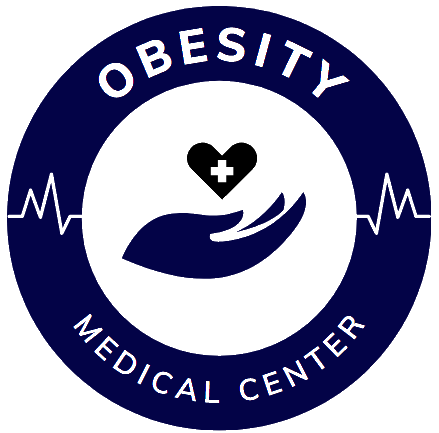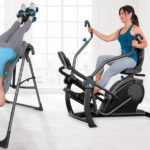Rehabilitation products play a pivotal role in aiding individuals recovering from various injuries, surgeries, or medical conditions. These products encompass a wide range of tools, devices, and equipment designed to facilitate physical therapy, mobility, and overall recovery. From simple aids like braces and splints to advanced technological innovations such as robotic exoskeletons, the landscape of rehabilitation products is constantly evolving to meet the diverse needs of patients. In this comprehensive guide, we delve into the various categories of rehabilitation products, their applications, benefits, and how they contribute to enhancing recovery for individuals facing physical challenges.
-
Assistive Devices:
Assistive devices form the cornerstone of rehabilitation products, providing support and assistance to individuals with mobility impairments. These devices include walking aids such as canes, crutches, and walkers, which help improve stability and balance while walking. Wheelchairs, both manual and electric, offer mobility for individuals with limited or no ability to walk. These devices not only aid in physical movement but also promote independence and enhance quality of life for users.
- Orthotic Devices:
Orthotic devices are specialized products designed to support, align, or correct musculoskeletal deformities or abnormalities. They include braces, splints, and orthopedic shoe inserts, among others. Braces and splints provide stability and immobilization for injured joints or limbs, promoting healing and preventing further damage. Orthopedic shoe inserts, also known as orthotics, help correct foot alignment and alleviate pain associated with conditions like flat feet or plantar fasciitis.
- Therapeutic Equipment:
Therapeutic equipment encompasses a wide range of tools and devices used during physical therapy sessions to improve strength, flexibility, and range of motion. This category includes resistance bands, exercise balls, and therapy putty, which are commonly used for strength training and rehabilitation exercises. Additionally, equipment like balance boards and foam rollers help improve balance, coordination, and proprioception, essential components of functional recovery.
- Pain Management Tools:
Pain management is a crucial aspect of rehabilitation, and various products are available to help individuals manage pain effectively. TENS (Transcutaneous Electrical Nerve Stimulation) units deliver electrical impulses to nerve endings, disrupting pain signals and providing relief. Heat and cold therapy products, such as heating pads and cold packs, help reduce inflammation, alleviate muscle spasms, and relieve pain associated with injuries or chronic conditions.
- Adaptive Equipment:
Adaptive equipment is designed to modify the environment to make daily activities more accessible for individuals with disabilities or physical limitations. This category includes adaptive utensils and kitchen tools, dressing aids, and ergonomic furniture. These products enable individuals to perform tasks independently and with greater ease, promoting self-reliance and fostering a sense of empowerment.
- Assistive Technology:
Advancements in technology have led to the development of innovative rehabilitation products known as assistive technology. These products leverage cutting-edge technologies such as robotics, sensors, and artificial intelligence to enhance mobility and function for individuals with disabilities. Examples include robotic exoskeletons, which enable individuals with paralysis to stand and walk, and smart prosthetic limbs equipped with sensors and microprocessors for improved control and functionality.
- Cognitive Rehabilitation Tools:
Cognitive rehabilitation tools are designed to address impairments in cognitive function resulting from neurological conditions such as traumatic brain injury or stroke. These tools include cognitive therapy software, memory aids, and brain training apps that help improve memory, attention, and executive function. Virtual reality (VR) and augmented reality (AR) platforms are also being utilized for cognitive rehabilitation, providing immersive environments for therapy and cognitive exercises.
Benefits of Rehabilitation Products:
The utilization of rehabilitation products offers numerous benefits for individuals undergoing recovery from injuries, surgeries, or medical conditions:
- Improved Functional Independence: Rehabilitation products help individuals regain lost abilities and perform daily activities with greater independence.
- Enhanced Quality of Life: By alleviating pain, improving mobility, and promoting independence, rehabilitation products contribute to a better quality of life for users.
- Faster Recovery: Proper use of rehabilitation products accelerates the rehabilitation process, facilitating faster recovery and return to normal activities.
- Prevents Secondary Complications: Products like braces and splints help prevent secondary complications such as joint stiffness or muscle atrophy during the recovery period.
- Customized Solutions: Rehabilitation products can be tailored to meet the specific needs and goals of individual patients, providing personalized solutions for optimal outcomes.
Conclusion:
Rehabilitation products play a vital role in enhancing recovery and improving outcomes for individuals facing physical challenges. From assistive devices and orthotic equipment to advanced technologies and cognitive rehabilitation tools, the diverse range of products available cater to the varied needs of patients across different stages of rehabilitation. By leveraging these products effectively, healthcare professionals can empower individuals to overcome limitations, regain independence, and achieve their rehabilitation goals. As the field of rehabilitation continues to evolve, innovative products and technologies will undoubtedly play an increasingly significant role in shaping the future of recovery and rehabilitation.


